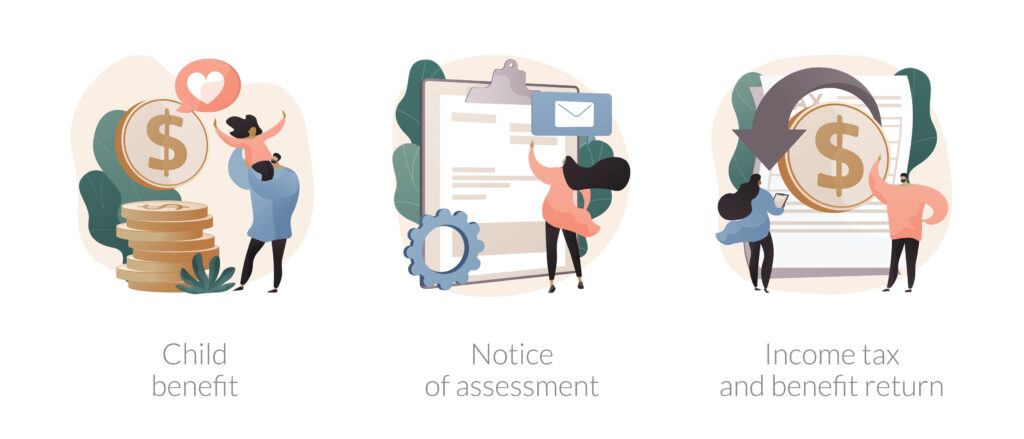Who Really Qualifies as a Dependent for Taxes?

How many dependents do you really have? Who can really be counted as a dependent? These are some of the most common questions that all taxpayers have. Can you count all of your children, live-in help, or perhaps a dog or other family pet? What about a friend who decides to crash at your place and basically mooch off you the entire year; can he or she be counted as a dependent?
As far as the IRS is concerned, there are two different kinds of dependents but there are dozens of scenarios that can fall under these two categories. There are also different rules for each type. The first type of dependent is classified as a qualifying child. The second type is a qualifying relative.
A qualifying child must be related to you, either by birth or adoption, or be a step or foster child. You must also provide more than half of the child’s total financial support and you can be the only person claiming that child on your return. To be a dependent the child must also be 18-years-old or younger, or if he or she is a full-time student, younger than 24-years-old.
The rules for being counted as a qualifying relative are much different. First, if your relative is a blood relative then he or she does not have to live with you in order to be counted. However, he or she must not provide more than half of his or her own support and that person cannot make more than $4000.
For a person who is not a blood relative to qualify as a dependent – like a lifelong friend who is down on his/her luck, or just plain lazy, or even your significant other – that person must live with you the entire year and their income must be less than $4,000 for the entire year. No one else can claim the person and you have to provide more than half of his or her financial support.
5 Marketing Moves for Business Success
5 Marketing Moves for Business Success By David Newman Effective marketing can be simplified into five moves – five concrete actions – that you can implement immediately. Your challenge: try one or more of these NOW. Marketing has traditionally been broken down to a formula known as “the 5P’s” – the five factors that make…
Video Conferencing – It Finally Works
Video Conferencing – It Finally Works By Harold German Remember those bulky, expensive video conferencing systems you would see in well-equipped conference rooms not too long ago? You know, the ones the office manager never allowed you to touch? Every now and then, you were invited to sit in on a video meeting and you…
Technology & Business Expansion: Matching Your Data Systems to the Business Growth
Technology & Business Expansion: Matching Your Data Systems to the Business Growth By Dan Kaplan Fueling the high growth rate for Retailers, Manufacturers and Distributors is a flurry of mergers and acquisitions. In today’s world of mergers and acquisitions, and heavy usage of the Web, companies are facing a new reality. Software that meets the…
Simple rules for successful software technology outsourcing
Simple rules for successful software technology outsourcing By Ramesh Manian The current economic climate, opportunities and round the clock service necessity requires most companies to outsource many technology projects to countries like India, China and eastern European countries. If you are a small software company, successful outsourcing is crucial to your development. For all the…




